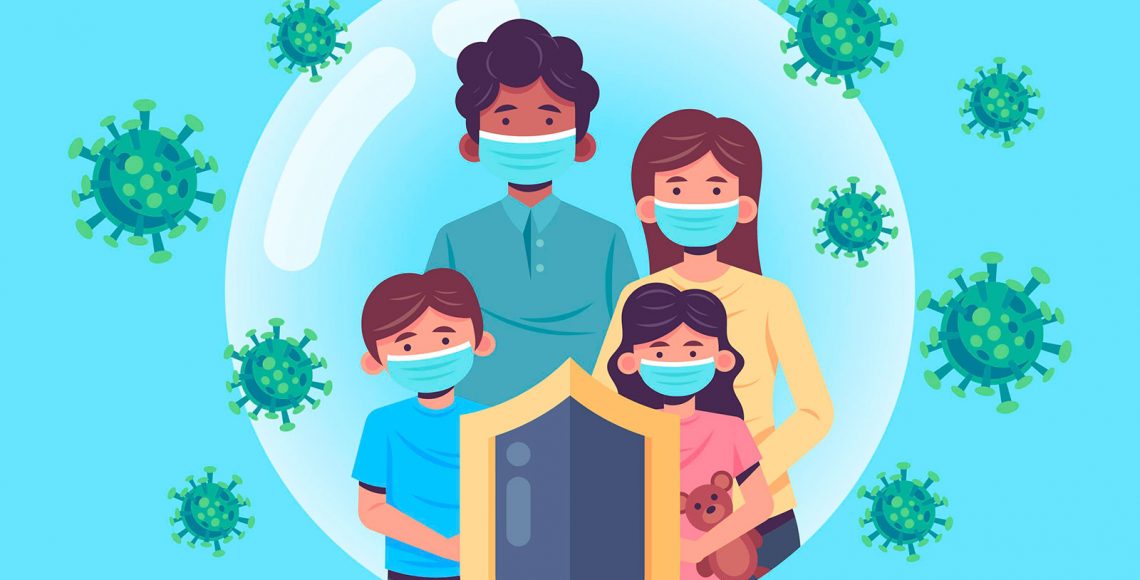Can Air Purification Protect You From COVID-19?
To our valued clients, associates and friends,
As the Covid-19 Pandemic rages around the world life as we know it has been altered dramatically. There’s no telling at this point to what extent these changes are temporary and to what extent permanent. First, we’d like to wish anyone who’s been affected by this reality, whether physically, mentally or financially (and that probably encompasses all of us), a quick and safe recovery.
There’s a saying that every cloud has a silver lining. Our hope is that one of the resulting changes, following these circumstances, will be an improvement in the well-being for all of us. The emphasis on wellness and the desire by both clients and their design & build professionals to incorporate wellness enhancing concepts into their design predated the Covid-19 calamity. However, we suspect that this desire will grow following the current situation.
To that end, we would like to share with you a new concept we call Wellness by Design. This concept includes eight features and in the coming weeks we will bring you articles that discuss these features. We hope that you’ll enjoy these reads and for everyone to be safe and well.
Can An Indoor Air Purification System Help Protect You Against Covid-19 (and other pathogens)?
Our buildings can shape our habits, help balance our sleep-wake cycle, drive us toward healthy and unhealthy choices, and passively influence our health through the quality of our surroundings.
Biophilia and wellness-related technology are becoming big business in workspaces, factories, hotels, prisons and other commercial environments. Now the technology is moving fast and furious into the residential sector.
In this newsletter series we will explore new and upcoming technology trends as they relate to wellness in design solutions. In addition, we believe that wellness doesn’t stop inside the four walls of a house or a building. Therefore, we will also include some related tidbits from other fields such as nutrition, fitness and spirituality. In this first installment we will focus on air. Indoor Air Quality (IAQ). We think this topic is extremely relevant to the current Covid-19 crisis.
“From Hunter-Gatherers to Cave Dwellers”
For millions of years humans used to roam the open savannahs, prairies and open fields at first as hunter-gatherers and later as farmers enjoying clean and open air for the most part. However, in the last couple of centuries humankind quite rapidly moved from a society that spends the majority of its waking hours in the open to a society that spends most of the time indoors. According to the Environmental Protection Agency (EPA), the average American spends 93 percent of their life indoors.
The time spent indoors amounts to only one half of one day per week outdoors. It’s no wonder we generally feel happier when the sun is shining and we’re outside. In addition, since the Industrial Revolution the quality of the outdoor air has decreased exponentially.
Individually, we can’t do much about the quality of the air in our outdoor environment. We can, however, control the air indoors and ensure our homes and offices become a sanctuary of fresh air and wellbeing. Sadly though, in most cases the quality of air indoors is worse than outdoors.
Indoor air can be up to 5x more polluted (and sometimes more) than outside
US Environmental Protection Agency – Importance of Indoor Air Quality
The Velux Indoor Generation report found that 80 percent of Americans are unaware indoor air can be five times more polluted than outdoor air and don’t realize that all that extended time indoors has a detrimental effect on our health and wellbeing, similar to poor diet or lack of exercise. The eye opener is that poor air quality in our homes, our offices, and our schools directly impact costly health problems like asthma, respiratory disease, heart disease and chronic obstructive pulmonary disease.
Spending most of your time indoors and a lack of sunlight leads to lower brain function, sleep quality, mood and productivity.
As a result, we need to shift the way we design our interior spaces and view them as a ‘Micro-Environment’ and control what we breathe to create an overall a healthier environment for occupants.
Sick Building Syndrome
Sick building syndrome (SBS) is a common worldwide health concern, where people in a building suffer from symptoms of illness or become infected with chronic disease from the building they work in or reside in. Certain symptoms tend to increase in severity with the time people spend in the building; often improving over time or even disappearing when people are away from the building.
The main identifying observation is an increased incidence of complaints of symptoms such as headache, eye, nose, and throat irritation, fatigue, and dizziness and nausea from exposure to harmful chemicals released by toxic black mold. Some symptoms are linked to the average amount of time spent in a building, such as mold spore and dust inhalation.
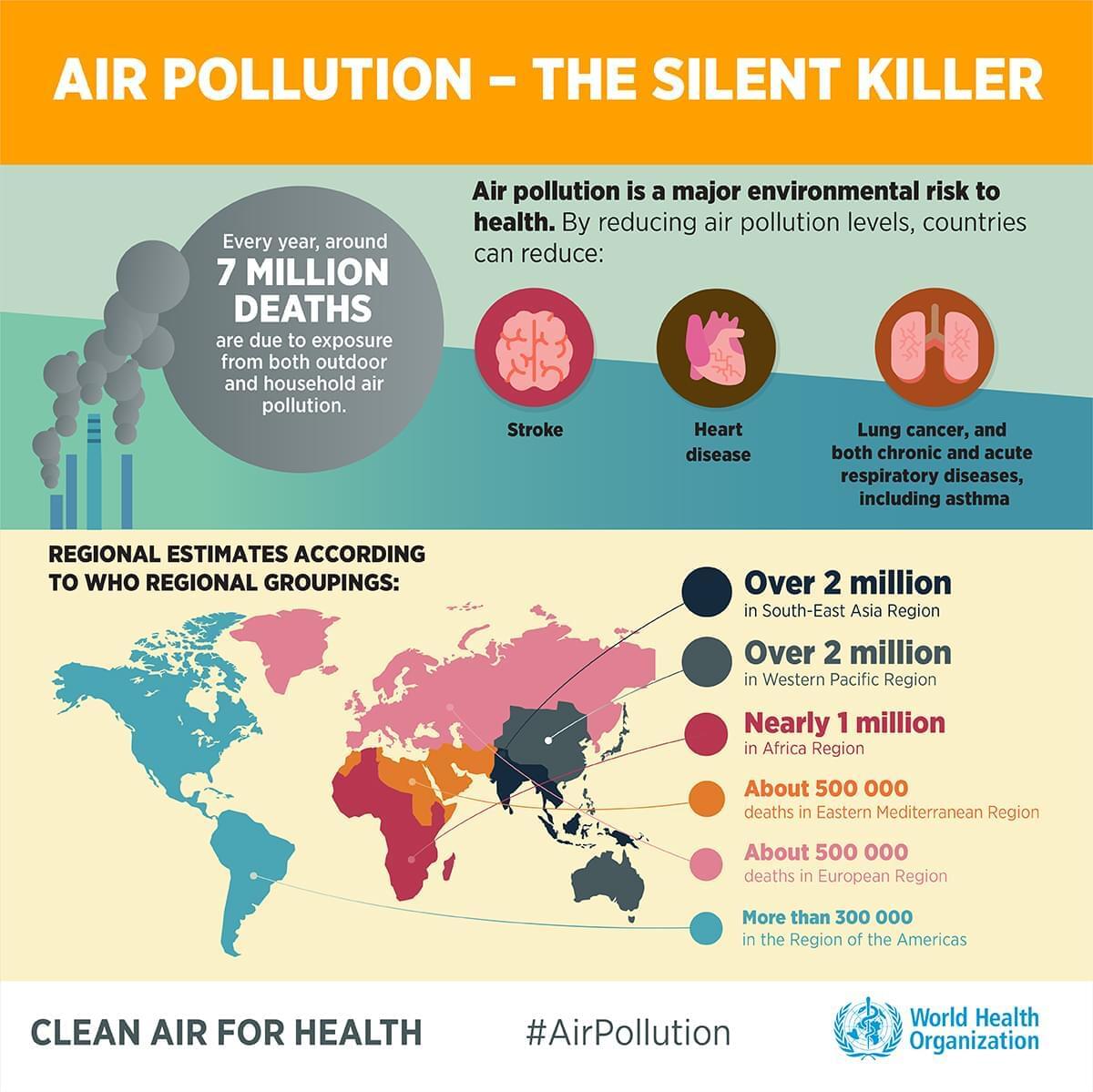
Why does the indoor air quality get so bad?
Several factors affect Indoor Air Quality:
Gases – Vapors and gases from the ground are known to permeate through the foundation floor and walls in the basements and crawl spaces. This is the natural point of entry of radon gases and toxic vapors that seep in undetected. Combustible appliances such as furnaces, gas dryers, and water heaters can also leak harmful gases into the air.
VOCs (Volatile Omitting Compounds) – From cleaning materials, upholstery and window-treatments’ fabrics, paint and plastics used for toys and other equipment.
Formaldehyde – Building materials, cabinetry, carpeting contain formaldehyde which is given off in a gaseous state and has a life span of 10 years or more.
Moisture & temperature – Inadequate temperatures, humidity, and mold through condensation or leaks. Everyday activities such as bathing, cooking, and washing laundry increase the moisture level. Basements and crawl spaces are the most moisture laden areas of the home as seepage from outside and lack of ventilation increases and traps moisture in these areas. They therefore contain the most problematic air mass in the home. That air mass makes its way into the upper areas of the home through natural airflow known as “stack effect.”
Viruses – Viruses and bacteria from common health ailments and other sources pollute your home’s air allowing diseases to spread from one person to another.
Children’s bedrooms can often be the most polluted rooms in the house
Danish Eco Council (2016)
What Strategies can be implemented to achieve better air quality?
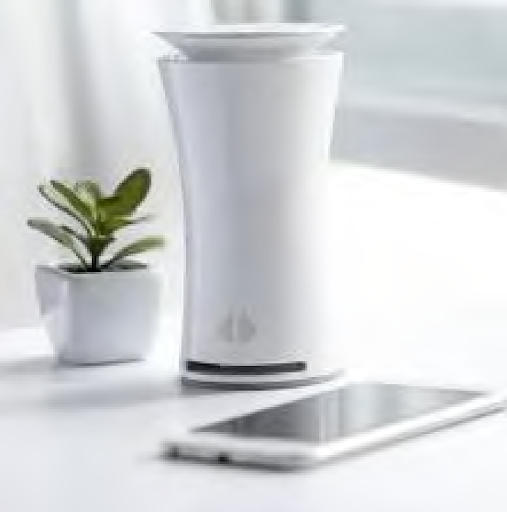
The first obvious answer is to filter the indoor air, but before we filter our air, it’ll be helpful if we could monitor the quality of our indoor air. Several companies offer indoor air monitors.
One such company; Pure365 offers relatively affordable indoor air quality monitors that house advanced sensors to measure the level of particulate matter, carbon dioxide and VOC’s (volatile organic compounds), radon and more in the air. The Pure365 app allows one to view on their phone real time data as well as past pollution events. The connected air quality monitor takes the important first leg by communicating with your smart thermostat to activate the HVAC system when pollution levels pass a certain threshold that you can set manually.
Pure Air
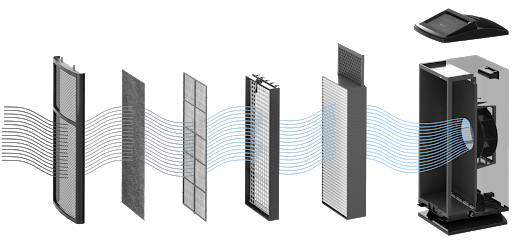
The next step would be the installation of a Whole-Home Air Purification System. Air purification systems are not based on just one device. Regardless of the heating and cooling requirements of a home, to How Air Purifiers Work Achieve the benefits of a passive home and manage a healthy home environment, a whole home system will likely be comprised of many different components and depend on the spec of a home and its geographic location.
The system design will need to factor and address:
1. Ventilation – fresh air intake and exhaust
2. Air Exchange – energy capture management
3. Purification and filtration
4. Humidity Control – dehumidification and humidifying
5. Heating and cooling
Achieve the benefits of a passive home and manage a healthy home environment, a whole home system will likely be comprised of many different components and depend on the spec of a home and its geographic location.
The system design will need to factor and address:
1. Ventilation – fresh air intake and exhaust
2. Air Exchange – energy capture management
3. Purification and filtration
4. Humidity Control – dehumidification and humidifying
5. Heating and cooling
HEPA (High-Efficiency Particulate Air) is a standard for air filtration set by the U.S. Government. While this is generally seen as an acceptable measurement for whether indoor air is good or bad, we only see it as a starting point. After all, HEPA filters are not 100% effective for capturing particles up to 0.3 microns – which the American Lung Association qualities as “ultra fine particles.” Pure365’s technology has four times the filter loading capacity than a typical HEPA rated filter, with an efficiency of capturing 99.99% of pollutants at 0.007 microns (40x smaller than a typical HEPA efficiency at 0.3 micron).
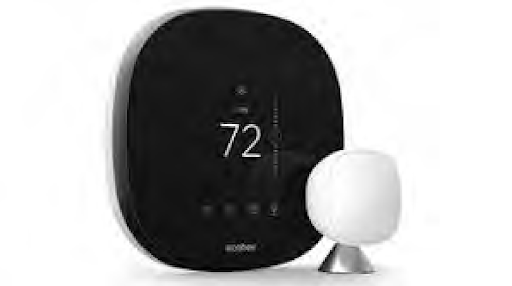
Pure365’s Intellipure
Can then help with the air purification. Once the Smart Thermostat receives a bad air quality signal from the air quality monitor and activates the fan on the HVAC system to boost airflow and direct stale and polluted air through your return ducts and whole house filter system so that clean purified air comes out of the supply vents. It also saves you energy and pays for itself to boot.
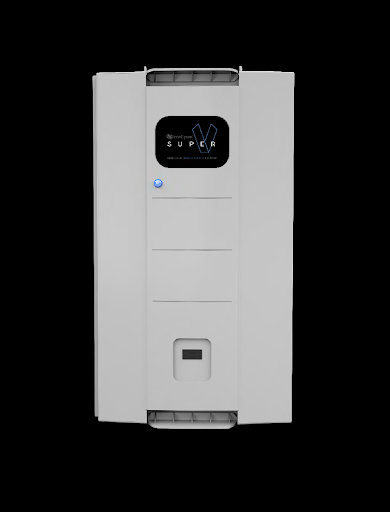
The Intellipure whole-house air purifier then plays its role of anchor in helping to deliver the cleanest air possible throughout the home reducing the particulate level by over 90% over conventional filters.
It is seamlessly retrofitted into the home’s existing heating and/or air conditioning (HVAC) system. Clean air is passed through your HVAC system and delivered back into the home via the supply ductwork and diffusers located in each room.
Passive Home Design
If we install a whole-home air purifying system, yet polluted air still leaks indoor it’ll be detrimental to the efficiency and quality of the results from the purifying system. Therefore, it’s instrumental that we design the home for maximum insulation. Passive home designs are well-insulated housing envelopes coupled with air barriers, air sealing, and the use of heat exchangers to recirculate indoor air.
Managing home air quality begins with airtight construction and requires a sophisticated air purification management system. The system can also address air quality challenges in specific zones like kitchens, bathrooms, basements, utility rooms and attached garages. Passive home design and an air purification system need to be carefully engineered to properly address the objectives for achieving a healthy home micro-environment:
Energy Efficiency – Passive buildings use 90 percent less energy for heating and cooling than the average existing building stock – to offer a proportional response to the climate crises. Note: despite widespread misleading descriptions to the contrary, most cold climate Passive houses are still required to have a heating system, it is just a very small heating system, and therefore likely not a traditional heating system.
Nor is a Passive house necessarily a zero-energy building – it uses power, if much typically less – but it can more economically and readily become “zero-energy” with a relatively modest addition of renewables.
Affordable – Added construction costs for high performance are substantially offset by a reduction in systems sizing. Because the reduced energy use translates into lower bills and protection from future energy shocks, occupancy is affordable.
Predictable – An integrated methodology and energy model provides predictability – an essential element in optimizing system sizing and cost.
 “It’s a pretty wild approach to think that you could actually save the environment while having a better home”
“It’s a pretty wild approach to think that you could actually save the environment while having a better home”
-MICHAEL INGUI, BAXT INGUI ARCHITECTS
What about the cost?
Ongoing studies have suggested that buyers demonstrated willingness to pay more to live in a healthier built environment.
According to the Global Wellness Institute (GWI), the wellness real estate industry grew 6.4% annually from 2015–2017 and is expected to reach $198 billion in 2022, with a lot of this growth being driven by an increased consumer desire to lead a “wellness lifestyle.”
According to Coldwell Banker in their ‘2020 The Report, A large portion of this growth has been driven by the luxury real estate sector, where price premiums for wellness lifestyle real estate developments are often 10% to 25% higher than at conventional residential developments, justifying the additional investment.
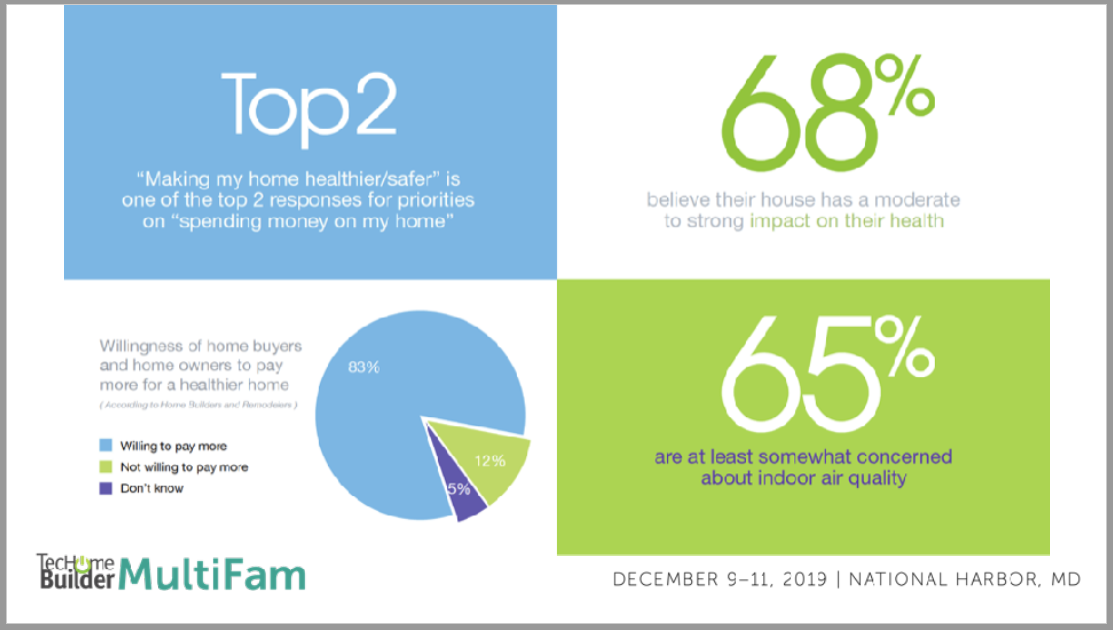
Luxury Leads the Charge
Furthermore, they sight A study in 2018 which showed that three-quarters of people shopping for a home in the U.S. consider housing an essential or extremely important contributor to their health. When asked what constitutes health and well-being, 75% responded “having more energy,” while 65% said “feeling better rested.” More than half mentioned “achieving a happier state of mind” and “increasing mental alertness.”
Millennial Power
But why has there been a relatively sudden shift toward eco-sensitive buildings, wellness focused technology, and biophilic practices? Well, say hello to your new power purchasing demographic: Millennials.
The U.S. millennial generation born between 1982 and 1996 has over 73 million members, a number that has now eclipsed the 72 million U.S baby boomers to become the largest demographic grouping by age.
In the last three years, Millennials have seen a surge in population and buying power.
In its report, Coldwell Banker says CE pros, builders, and real estate agents need to be prepared for millennials to flex their economic muscle even more over the coming decades. In fact, by 2030, research estimates that millennials will hold five times as much wealth as they have in 2020, giving the group significant power in shaping future luxury trends.
“What’s happening with luxury new construction is that there’s a shift in what people are looking for because there has been a shift in who’s buying,” says Ricardo Rodriguez of Coldwell Banker Residential Brokerage in Boston, Mass. “Buyers are getting younger, and these are established Millennials with kids entering the market, which redefines everything from unit size and composition to the level of amenities they expect.”
Final Thoughts
The comfort in knowing that the air quality in the home is as healthy or healthier than outdoor air is directly related to the HVAC and Air Purification System design. A house with Customized Indoor Air Quality System coupled with Passive House construction approaches being airtight, can significantly increase the wellbeing of its residents. All new home and renovations, besides meeting code, should consider an engineered air exchange and replenishment filtration system that measurably improves a home’s air quality.
Introducing the benefits of a custom designed HVAC system that features air purification and independent zone control are especially important in premium amenities like super kitchens, built-in bath spas and pools, dedicated laundry rooms, and workout/yoga spaces in both single-home or multi-living residences.

